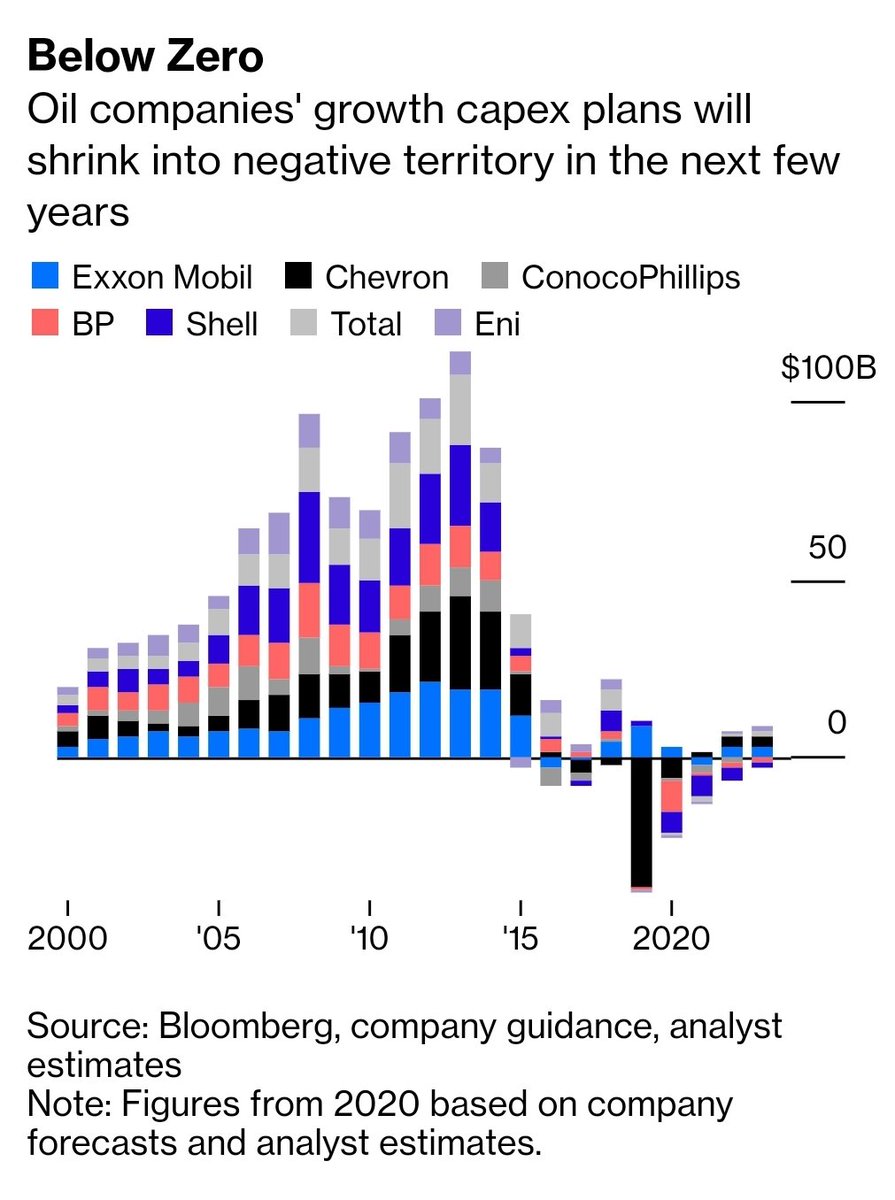
Brilliant report on a crucial moment in the history of Australia:
https://twitter.com/nakarithorpe/status/1401679783872765953
On the question of how the smallpox scabs made their way out from the First Fleet's medical supplies, it's worth pointing out that there were expert lock-pickers among the convicts: gutenberg.net.au/ebooks/e00084.… 

Convicts and soldiers were the ones coming into often fatal conflict with the local Dharug and Eora so it would hardly be surprising if some of them hatched a plan to shift the field of battle in their favour.
Governor Phillip, likewise, didn't want to fail in his big commission, as so many other similar colonial ventures had failed.
The colony in Port Jackson looked pretty tenuous and failing until the smallpox epidemic swept through the Indigenous population.
The colony in Port Jackson looked pretty tenuous and failing until the smallpox epidemic swept through the Indigenous population.
It's hardly surprising if Phillip didn't want to investigate the sources of the epidemic too deeply, given the way it had helped him (in the most brutal way possible) cement control of Port Jackson.
• • •
Missing some Tweet in this thread? You can try to
force a refresh








